|
Socialization refers to the window of learning when puppies are more accepting of new things and when they learn what’s “normal” as part of their life. 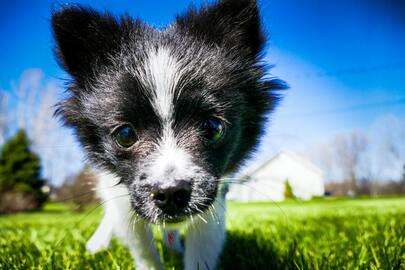 Puppies actually go through 2 socialization periods – the first is called the interspecies socialization period and this occurs roughly between 3-7 weeks. This is where they learn about their species. They learn how to interact with parents and littermates and what it means to act and communicate as a dog. This phase is almost always completed while they’re still with mom and the breeder/foster. This is also when bite inhibition is locked in. You can’t change bite inhibition later, which is why leaving them with littermates and mom is so important. (Note that bite inhibition refers to how hard a dog will bite when they’re in crisis/fight or flight…not how they normally play or interact with other dogs/other species). So ask about this time and what other animals (if any) they were exposed to.
If your dog is already past their socialization window, don’t panic – there are still things you can do to help and work with them. Counter-conditioning and teaching alternative ways of coping with stress are fantastic tools and I’m happy to help you out with that. But for the purposes of this handout, I’m only focusing on what to do during the socialization window. Let’s get started!
- smells - objects - people (different shapes, sizes, energy levels and ages) - places - animals - textures - handling (touching different body parts, like ears, feet, tail, lips, etc…) - grooming (introduction to nail clippers/files, brushes, cleaning ears, getting paws wet in the tub, etc…)
It’s a good idea to continue working on these to some extent after the social window has closed…especially in areas your dog struggles. Just remember to do what you can when you’re able! Make this a priority now and it will pay off much better in the long run. One last note: genetics play a large part of an adult dog’s personality, so socialization does not necessarily guarantee a happy, confident dog. However, it’s our responsibility as pet parents to do our part to set them up for success. If you'd like additional help with socialization and training, we would love to chat with you about your specific needs and options! We're passionate about socialization and getting puppies and their families off to their best possible start in life!
0 Comments
1. Builds better relationships - when you spend time with your pet engaging in activities you both enjoy, where you have to work together as a team, that's a HUGE boost to your relationship bank account.
5. Pets learn how to learn and you learn how your pet learns - especially as you learn more intricate and complex behaviors, you'll become a master of understanding how to teach your pet based on their own learning style and they'll become better and better at trying new and more complex behaviors.
7. Great mental exercise - just like us, mental exercise is important for pets too! Did you know that a study done recently in dogs suggests that mental exercise tires them out 4x faster than physical exercise? Trick-training is a fantastic mental work-out and a 5-10 minute session teaching them a new trick will often wear them out faster than taking them on a 30 minute run!
9. Teaches obedience behaviors - There are many tricks that can be used to teach traditional "obedience" behaviors. I have some favorites I like to use for recall and loose leash/heel in particular. People tend to treat trick training like a game and obedience like a chore, so guess which behaviors the pets prefer? Trick training of course? So I use as many tricks and games in training as I possibly can. :)
11. Makes your pet more approachable - obviously this is a personal preference and some people like their pet to appear more intimidating in certain contexts (and that's totally fine!). But maybe when your 5-year niece or your grandmother comes over and sees your large black and tan dog, your black cat or the beak on your cockatoo and looks frightened (if they shouldn't be), having your pet do some silly tricks often changes people's attitudes. It's a lot harder to be scared of a dog who flops over on it's back and wriggles around when you tell them to play dead. 12. Trick Training is kid-friendly - kids often love pets, but sometimes the feelings aren't mutual because pets feel overwhelmed by the sudden movements, noises and physical interactions of children. If you teach children how to engage with pets using tricks the pet knows and loves, the children are entertained by the silly antics of the pet (and they never have to touch the pet and overwhelm them during this time) and the pet enjoys the company of the child because they get to do the behaviors they enjoy while the child is present and rewards (usually treats) appear while the child is present. If you'd like to get started with trick training, we have an online intro to trick training class for just $30. This class will prepare you to test for the Novice Trick Training Title through the AKC if you're interested in that option. You can learn more by clicking the buttons below.
|
Kat & Haylee
Just a couple of animal geeks trying to make the world a better place. Archives
February 2023
Categories
All
|
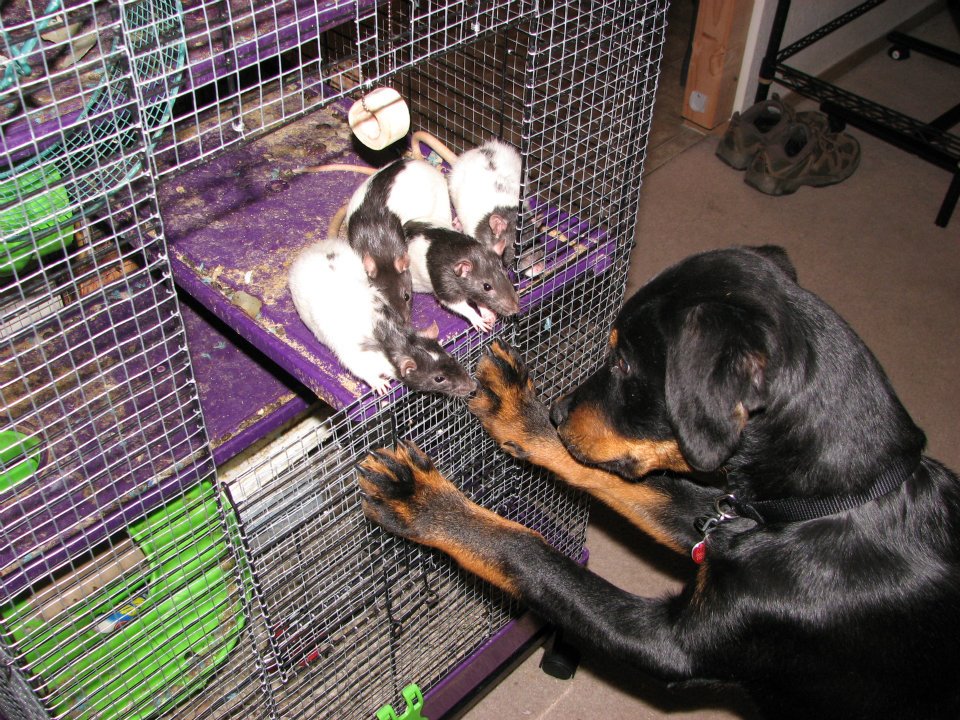
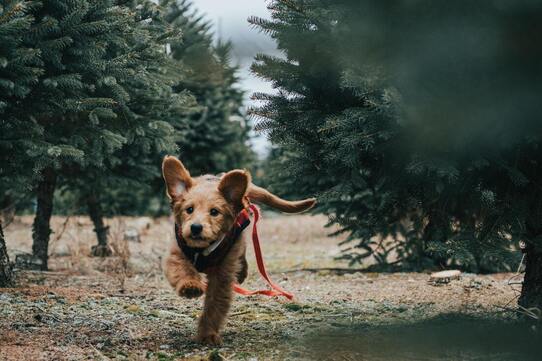
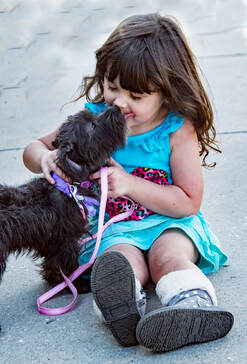
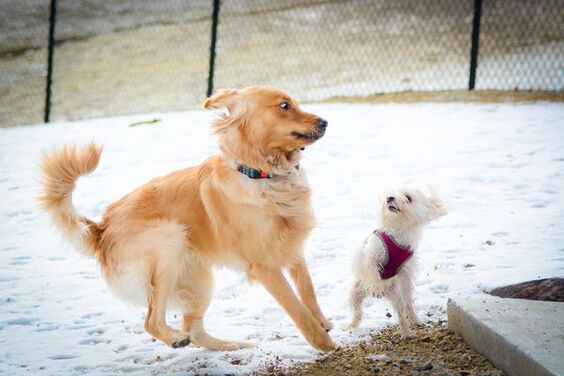
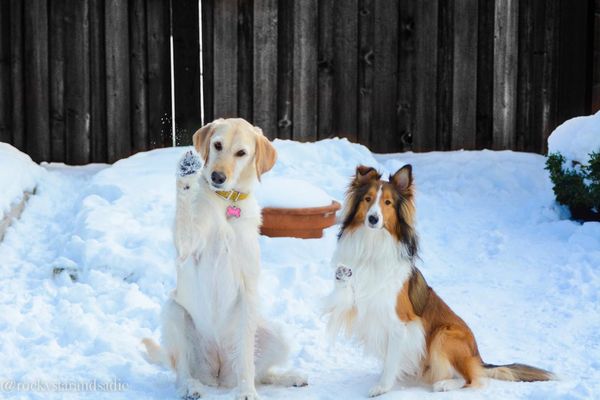
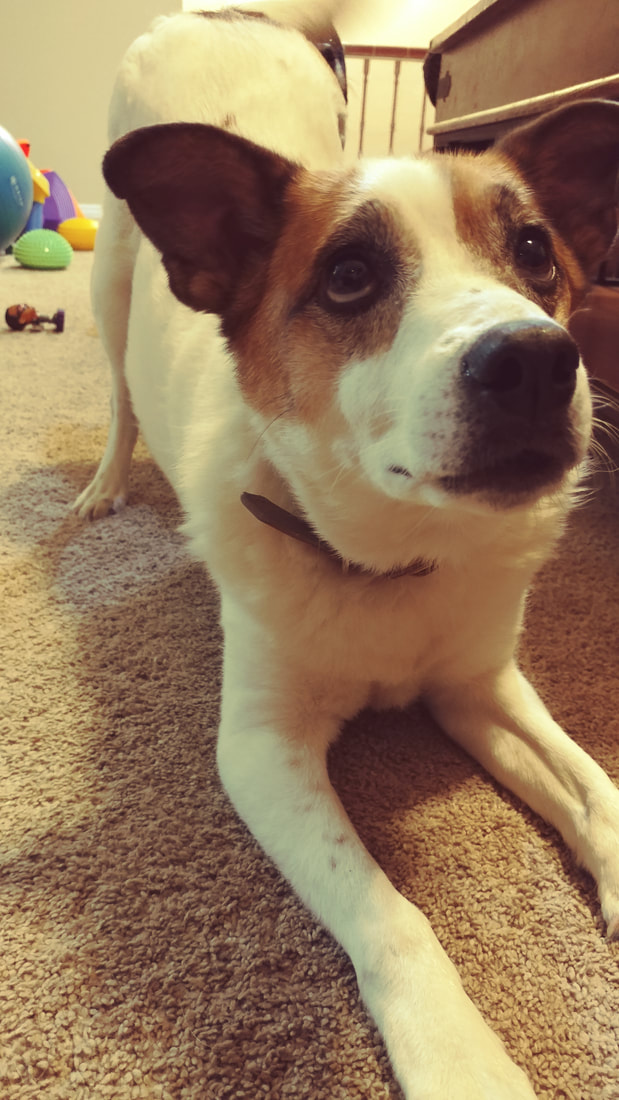
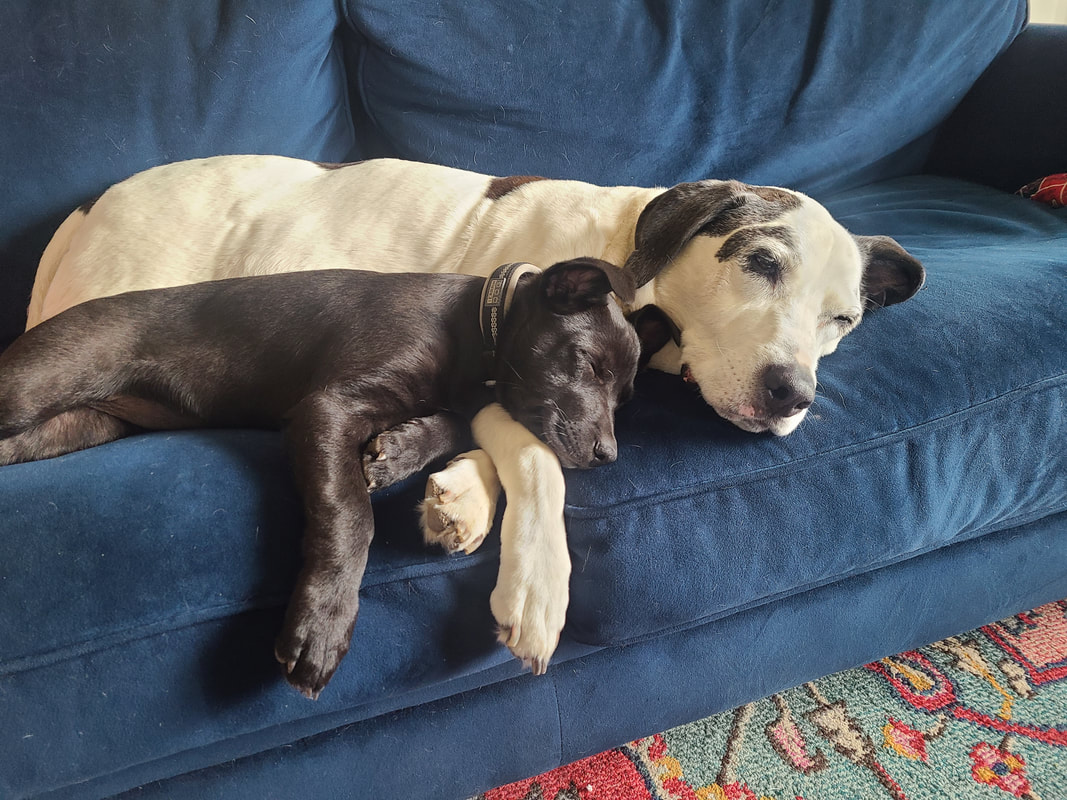
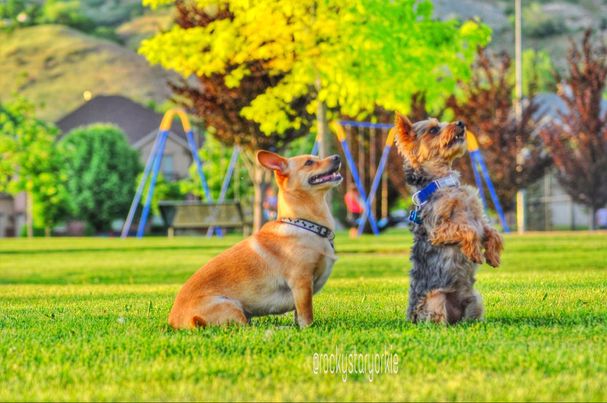
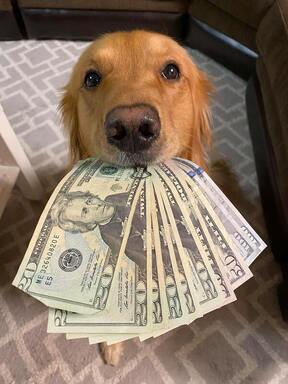
 RSS Feed
RSS Feed